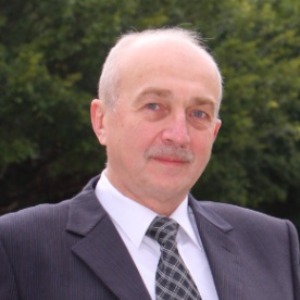Homogeneous catalysis is a central concept in modern chemical processes, providing a mechanism for reactions to occur under controlled conditions, leading to high yields and minimal byproducts. The catalyst, being in the same phase as the reactants, interacts intimately with the molecules involved in the reaction, promoting faster and more efficient transformations. This highly efficient system has been applied extensively in organic synthesis, particularly for reactions such as hydroformylation, polymerization, and cross-coupling. The precision afforded by homogeneous catalysis enables chemists to design highly selective reactions, reducing the need for excess reagents and thus minimizing waste. One of the primary challenges in homogeneous catalysis is the issue of catalyst recovery and reuse. Over the years, researchers have made significant progress in overcoming this hurdle by developing catalytic systems that can be regenerated or incorporated into recyclable frameworks. Another exciting direction is the integration of homogeneous catalysis with renewable feedstocks, such as biomass, to produce chemicals and fuels sustainably. As the demand for green chemistry intensifies, the role of homogeneous catalysis in enabling efficient, low-energy processes continues to grow. This area of research is also exploring the potential for coupling homogeneous catalysis with other catalytic systems, such as photocatalysis or electrocatalysis, to create hybrid systems that can address the challenges of energy storage and environmental cleanup. Homogeneous catalysis is thus poised to remain a cornerstone of chemical innovation, driving progress toward more sustainable industrial practices and chemical processes.

Stanislaw Dzwigaj
Sorbonne University, France
Dai Yeun Jeong
Asia Climate Change Education Center, Korea, Republic of
Sergey Suchkov
N.D. Zelinskii Institute for Organic Chemistry of the Russian Academy of Sciences, Russian Federation
Enrico Paris
CREA-IT & DIAEE, Italy
Rabeharitsara Andry Tahina
GPCI-ESPA Antananarivo University, Madagascar
Jiri Dedecek
J Heyrovsky Institute of Physical Chemistry , Czech Republic
Uday Som
Research and Development Engineer, Japan
Vladimir G Chigrinov
Hong Kong University of Science and Technology, Russian Federation



Title : Distant binuclear vanadium V(II) cationic sites in zeolites and their reactivity
Jiri Dedecek, J Heyrovsky Institute of Physical Chemistry , Czech Republic
Title : Advanced nanostructures for carbon neutrality and sustainable H₂ energy
Tokeer Ahmad, Jamia Millia Islamia, India
Title : Personalized and Precision Medicine (PPM) as a unique healthcare model via bi-odesign, bio- and chemical engineering, translational applications, and upgraded business modeling to secure the human healthcare and biosafety
Sergey Suchkov, N.D. Zelinskii Institute for Organic Chemistry of the Russian Academy of Sciences, Russian Federation
Title : Antibody-proteases as a generation of unique biomarkers, biocatalysts, potential targets and translational tools towards nanodesign-driven biochemical engineering and precision medical practice
Sergey Suchkov, N.D. Zelinskii Institute for Organic Chemistry of the Russian Academy of Sciences, Russian Federation
Title : Dimethyl ether synthesis from syngas over Cu-Zn/Al2O3 catalysts prepared using the Sol-Gel method
Uday Som, Research and Development Engineer, Japan
Title : Influence of various catalysts on H₂ enhancement and CO2 capture during syngas upgrading
Enrico Paris, CREA-IT & DIAEE, Italy
Title : Photoaligned azodye nanolayers : New nanotechnology for liquid crystal devices
Vladimir G Chigrinov, Hong Kong University of Science and Technology, Russian Federation
Title : Application of vanadium, tantalum and chromium single-site zeolite catalysts in catalysis
Stanislaw Dzwigaj, Sorbonne University, France
Title : Advances in heterogeneous catalysis for green conversion of propene to aldehydes and alcohols
Ram Sambhar Shukla, CSIR-Central Salt and Marine Chemicals Research Institute (CSMCRI), India
Title : Oxidation of methane to methanol over pairs of transition metal ions stabilized in the zeolite matrices
Jiri Dedecek, J Heyrovsky Institute of Physical Chemistry , Czech Republic